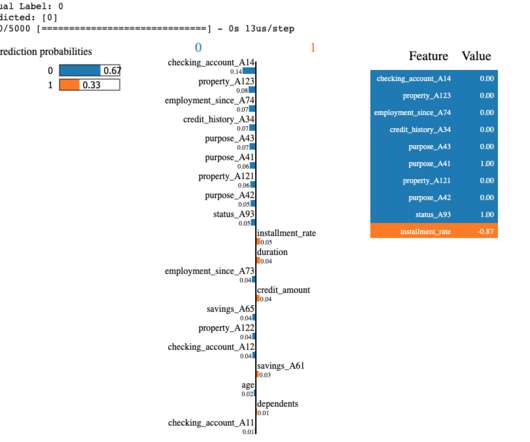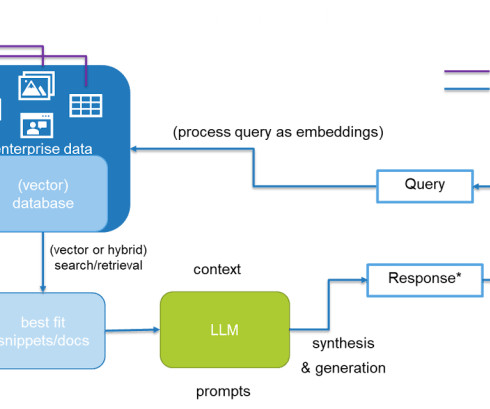Experiment design and modeling for long-term studies in ads
The Unofficial Google Data Science Blog
OCTOBER 7, 2015
by HENNING HOHNHOLD, DEIRDRE O'BRIEN, and DIANE TANG In this post we discuss the challenges in measuring and modeling the long-term effect of ads on user behavior. We describe experiment designs which have proven effective for us and discuss the subtleties of trying to generalize the results via modeling.














Let's personalize your content